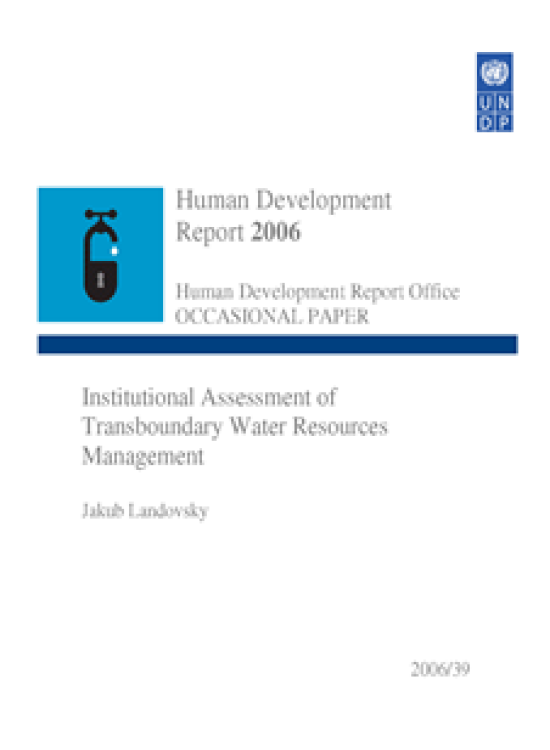Institutional Assessment of Transboundary Water Resources Management

Download Report by Language
Document
landovskyjakub.pdf
(227.59 KB)
Citation
Landovsky, Jakub. 2006. Institutional Assessment of Transboundary Water Resources Management. New York.
Institutional Assessment of Transboundary Water Resources Management
Posted on: January 01, 2006
Water management first occurred 4500 years ago with the introduction of water infrastructure. Public works were organized in ancient Egypt to clean clogged mostly natural, irrigation canals. The system was simple. Every Egyptian’s duty was to move 30 cubic meters of soil a year, and local governors managed the works.1 Moslem civilization introduced sophisticated water courts as a conflict resolution mechanism. The water Court in Valencia still functions today.2 Roman aquaducts, Persian Quanats and 16th century French waterways would not have been be possible without adequate institutions for planning, construction and maintenance. People were always very creative in overcoming problems concerning water management and effective water management spurred the development of human civilization. The emergence of national states and the modern system of international relations produced a challenging new agenda – navigation on international rivers. International water treaties were signed to manage navigation on international rivers such as the Danube and Rhine. Water law was a successful problem-solving tool at that stage of civilization’s development, but new problems were already on the horizon.

